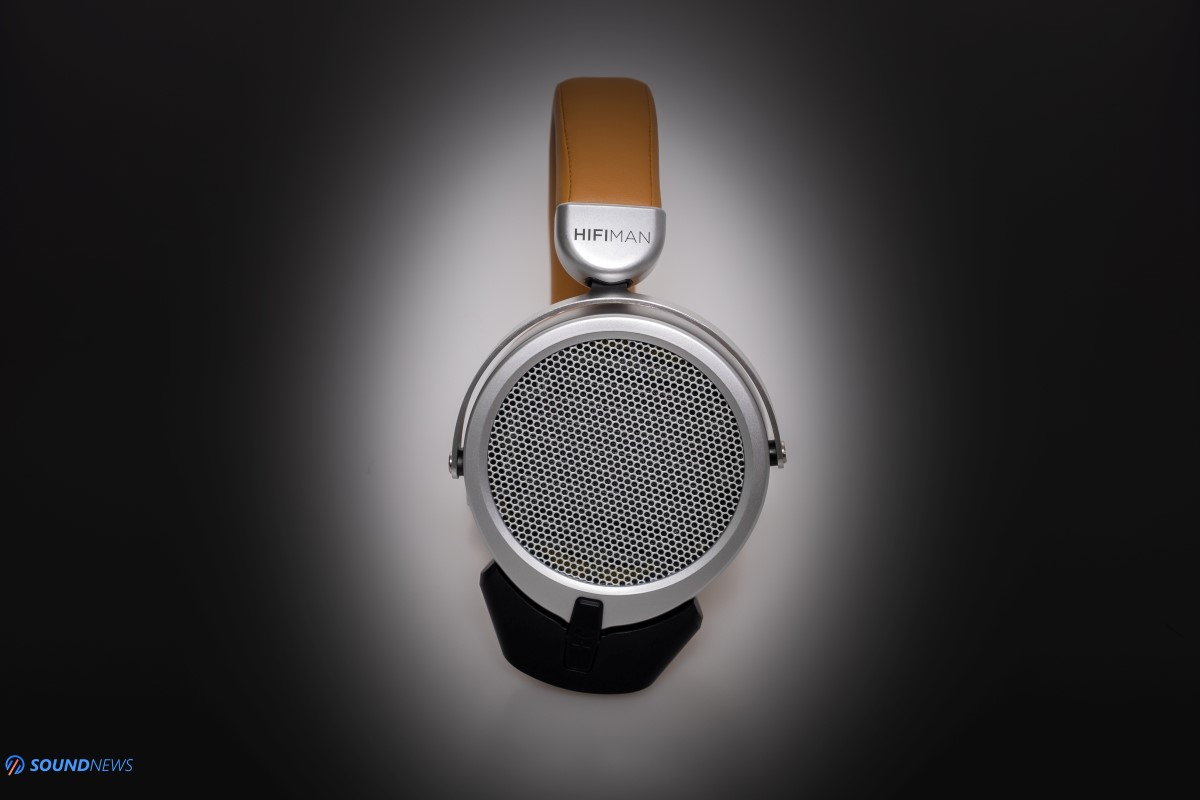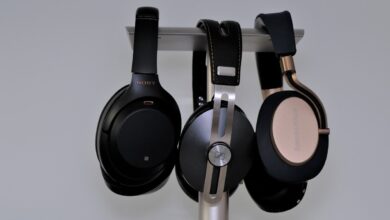Hifiman DEVA Review – Affordable Planar Headphones

My Video Review:
When I finished my review of the TWS600 true wireless earbuds from Hifiman, I knew that this is only a beginning for a much bigger story. The absolute first wireless products from a company as Hifiman can be seem as small experiments at testing the market, observing if consumers would scratch the curiosity itch. Few months later, Hifiman decided to release a full-sized wireless headphone and not only that, as they went completely overboard making the best wireless open-back headphones released to this date – the Ananda-BT headphone. Of course paying $999 for a Bluetooth headphone is not something a lot of people can afford and that is precisely why, Hifiman went back to their drawing board and released another open-back wireless headphone that is a lot more affordable and has a few additional tricks under its sleeve. That headphone was called Deva that I will be testing today.
It goes for $299 for the wireless and wired version and just in case you don’t want all that Bluetooth goodness carrying all the best wireless codecs, you can go for a wired only version that drops the Bluemini wireless module, at a very attractive price point of just $219.
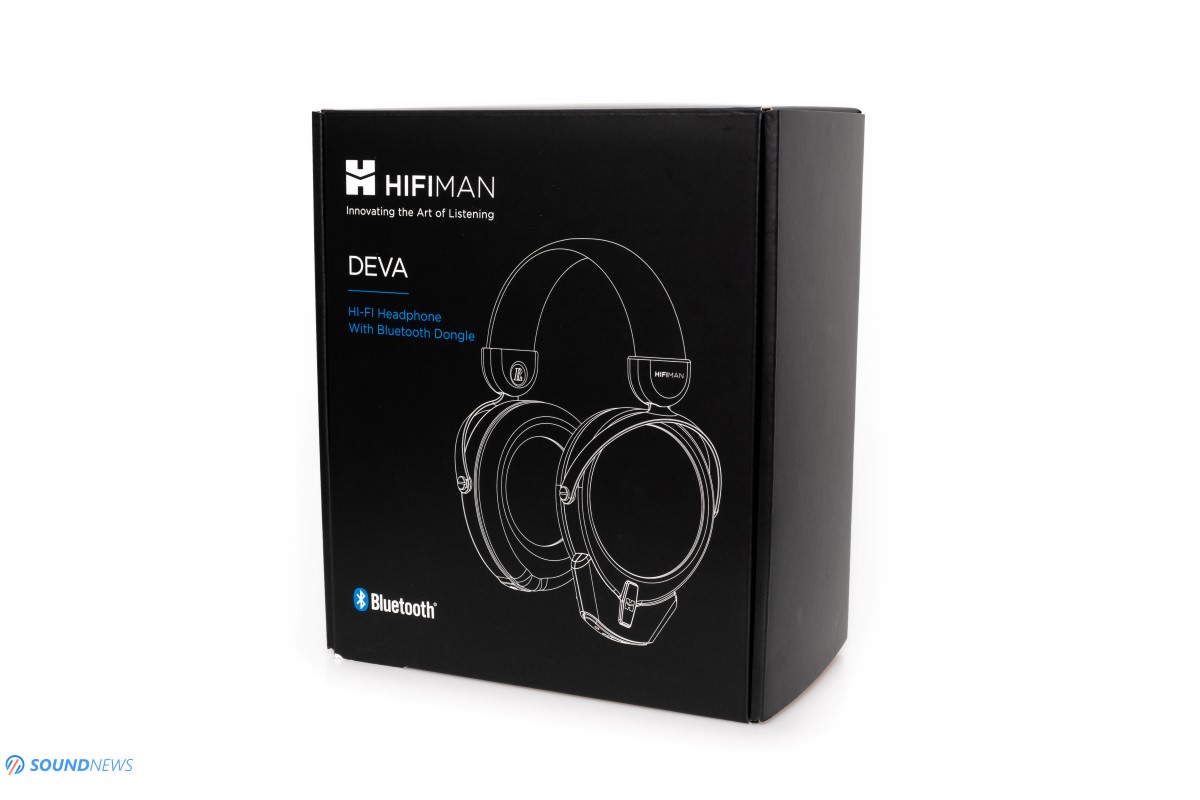
Unboxing a diva
Deva came double boxed for a good protection during shipping and the smaller product box looks like a simple card-board box filled will lots of foam and satin to have a bigger impact on the eye. At this price point I wasn’t expecting a premium box at all, as their $1600 Arya headphone is coming with same kind of packaging, but I really hoped to see some kind of transportable carry-bag so that I could use them in my trips. Sadly, nothing of that in here as the package contains some paperwork as owner’s guide and a limited warranty. There is also that clever Bluemini Bluetooth module, a longer headphone cable with 3.5mm connectors, a 3.5mm to 6.35mm headphone adapter, a USB Type-C cable which has a double duty: charge the Bluemini module or use that module as a desktop DAC + headphone amp with your computer of Mac. Interesting features for an aspiring music lover and guess who will be unveiling the DAC + headphone amp module maker very soon?
I quite like the box on the outside, Hifiman glued a Hifiman Original Product sticker on it and you can see all the technical specs and packing list printed on it.
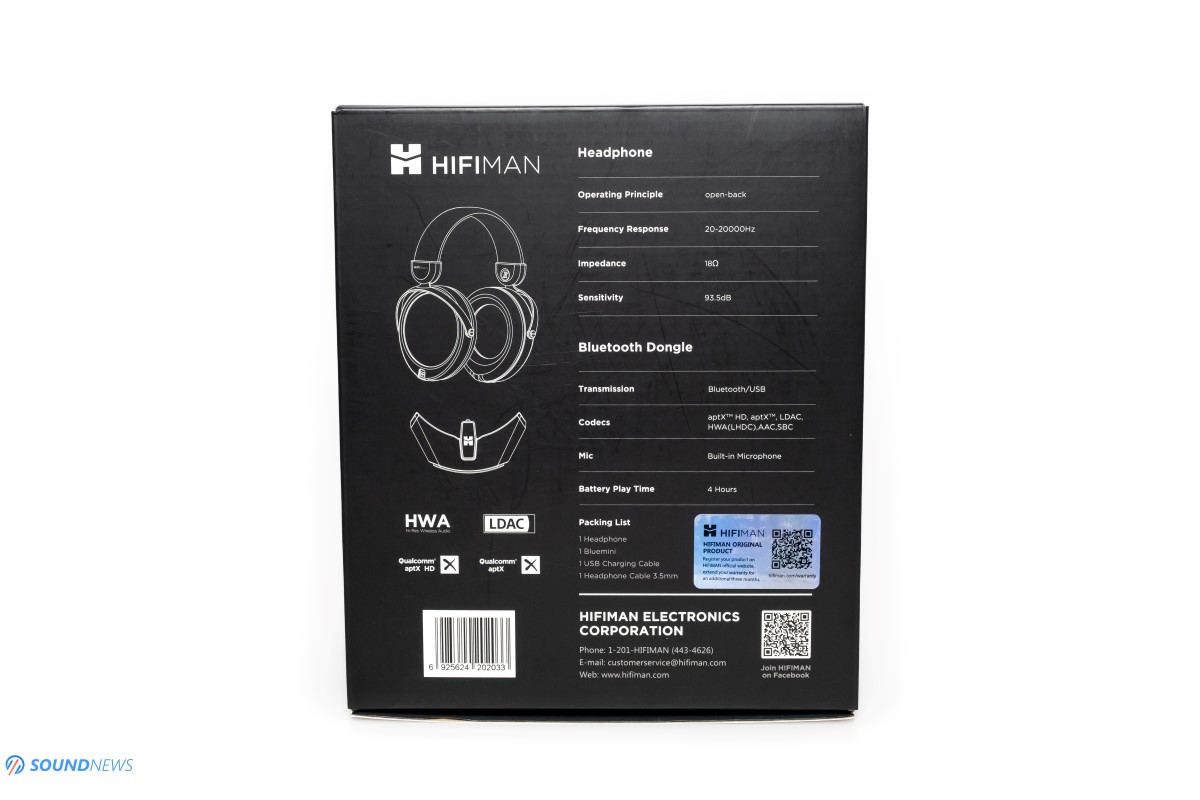
Looks & Build Quality
If you check Hifiman website right now, you can clearly see that Deva looks like no other headphone made by them. It has a small family resemblance with their older and simpler designs as HE-500 or HE-6. Especially the cup design and headband are very reminiscent of their older creations and that is a good thing, because Deva has a really simple yet functional design on the outside. I particularly like their newer shade system, the bigger ear-cups and deeper cushioning compared to their Sundara headphones. Of course, at a $219 price point (without that Bluemini module), some sacrifices needed to be made, so besides the metal arms that are holding the cups and the hinge that adjusts the height, everything else is plastic made.
The headband and ear-pad material are most probably faux-leather, but don’t worry on the pads as the side that touches the cheeks is having a soft textile material that is breathing and does not make you sweat in the sunny days.
The ear-pads are user-replaceable (thanks all-mighty Odin!) and when you get them out, you can clearly see the planar-magnetic driver, its magnets that will be pushing the planar serpentine diaphragm when the play button is pressed.
The height adjustment mechanism is all-metal and it should easily resist for a long time. The swivel part has a limited play, but that doesn’t bother me too much as I have a medium-sized head, just don’t apply a lot of force on that swivel and remember that you can’t lay them flat on your table.
The padding is quite soft, looks like some kind of memory foam was used in there as I didn’t have comfort issues in a long 4-hour listening spree. Coming from huge behemoths as 695-gram Erzetich Phobos or 720-gram Audeze LCD-4, which I can also wear for a couple of hours no problem, at 360 grams Deva felt featherweight, so no complaints at all in terms of weight and comfort.
All in all, I am quite pleased with the build quality as most of the moving parts are made from metal, the cable is detachable and ear-pads user-replaceable which will be increasing their longevity quite a lot.

Stock Cable Quality
The headphone jack housing is made out of metal, both jacks are gold platted and the cable itself is wrapped in a nylon outer jacket. I can’t spot any microphonics when the cable is rubbing against my clothing which is always nice to experience. The cable is moderately thick and stiff and it should resist twists and stretches.
The second cable that is used for charging the Bluetooth adapter, or for using that module as a desktop DAC is having the same quality, but it is less stiff and a bit thinner too. Do note that Bluemini module could be used with OTG capable smartphones, but for that you will need an additional cable that has USB type-C on both ends.
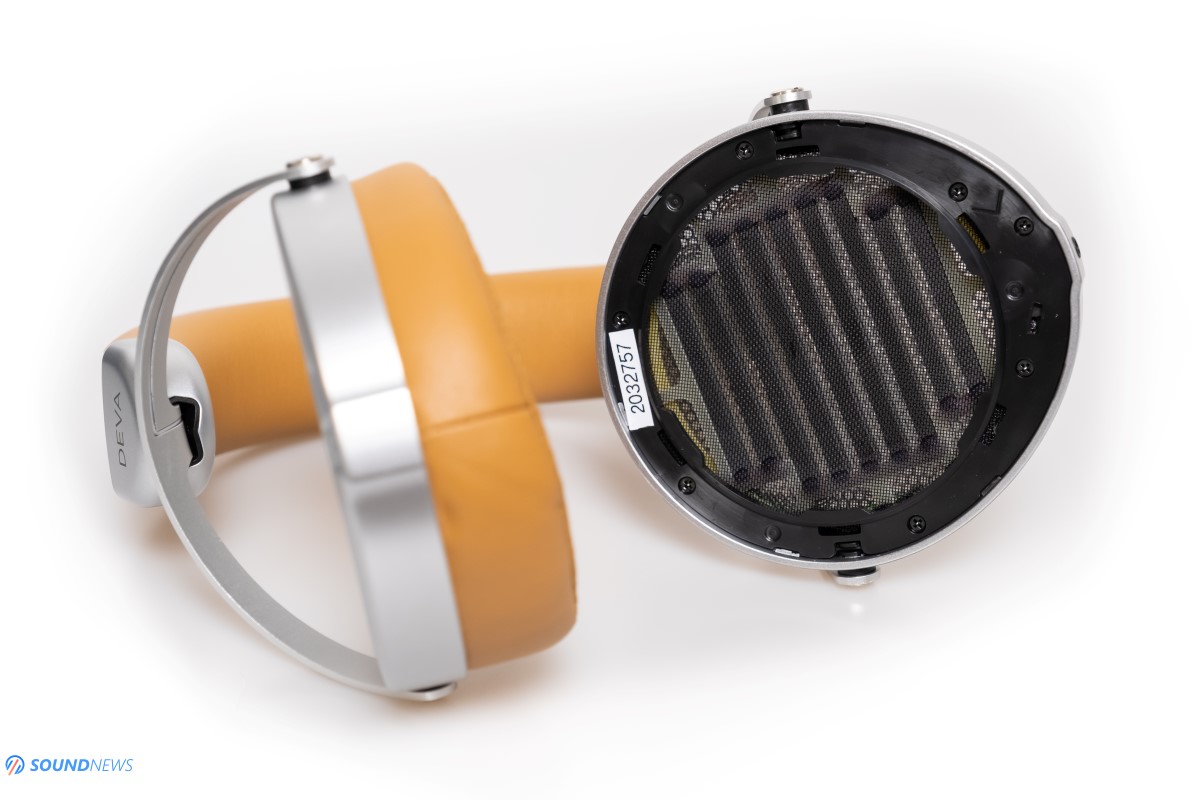
Tech inside the Deva
The most important things to know about Deva, is that Hifiman went with an open-back design having planar-magnetic drivers inside them. Planar drivers at just $219 sounds almost unbelievable and this will surely pose some issues for its competition.
For Deva, Hifiman developed an NSD or Neo Supernano Diaphragm that is thinner by about 80% to their previous designs. Sundara and Ananda BT seems to have the same kind of driver, only its size, shape and magnetic structure seems to be different. The best part is that Deva has an impedance of just 18 Ohms and a sensitivity of 93.5 dB per 1mW of power. In the passive wired mode, Deva is not that difficult to drive as a smart device with a stronger headphone output could move them adequately, but a dedicated headphone amp be it portable or not, should improve their performance quite a bit.
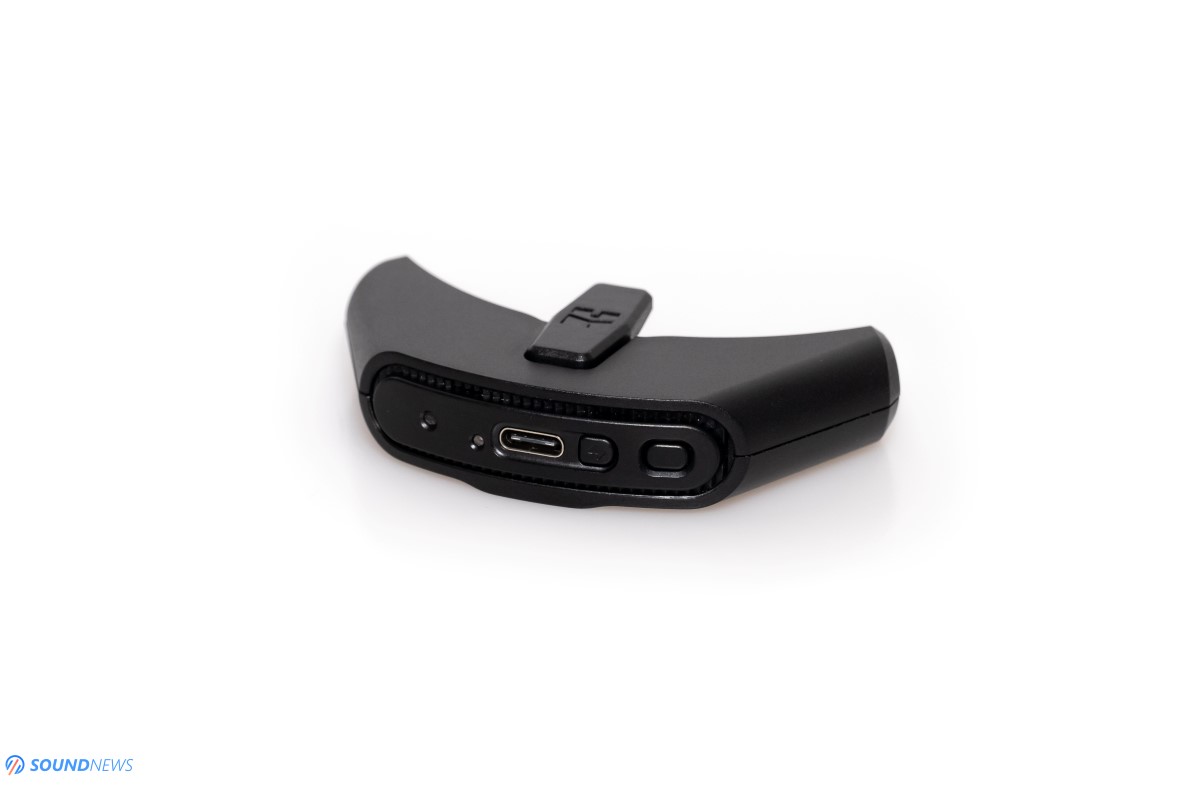
Tech inside the Bluemini
There is a lot of good stuff packed in that Bluetooth module specifically designed for Deva, but there are also few missed opportunities which I’ll mention in a sec. When it comes to good stuff, Bluemini has all the best Bluetooth codecs on the market as LDAC, AptX-HD and less important ones as AptX, AAC and SBC thanks to an advanced Qualcomm CSR8675 chipset . Bluetooth version seems to be at 4.2 instead of 5.0 as the newest devices are having, but don’t you worry as the Bluetooth range is more than decent in an open space.
This module can also work as a wired dedicated DAC and headphone amp combo for this headphone. After digging a bit in the control panel of my PC, I found that the manufacturer of this module is Savitech Corp and the exact module is either the SA9123 or the SA0502. Savitech is not specifying a lot about them, only that it is capable of decoding natively PCM material up to 24 bit and 192 kHz.
The missed opportunities are several, for example besides the power On/Off and charging button, Bluemini is not offering a volume up and down control, nor a microphone to be used in phone calls. All past Bluetooth headphones that I reviewed around here, or 8 models to be more exact had all those features and I really miss them in here.
The battery life of 6 to 9 hours in Bluetooth mode and up to 5 hours in USB DAC mode is almost decent…but in all seriousness, Deva should have double those numbers if it wants to be competitive in this field.
Probably the biggest missed opportunity is that Bluemini was designed in such a way that you can’t attach it to a different headphone, be it from Hifiman or not. Its shape, headphone connector, plus that small plastic piece in the middle prevents from using it with any other headphones. Hifiman Sundara is having pretty much the same sensitivity of 94 dB so a Bluemini could be a nice accessory for that one, Ananda with a higher sensitivity of 103 dB would be another great addition. Who knows, maybe Hifiman will address all those issues with their next wireless headphones. I would really like to see some clever thinking behind few models with interchangeable wireless modules, maybe even offer a higher number of modules. Think about having a high-end module with a smaller battery life, or a regular module with a huge battery life, that would be cool to have.

Test Setups
I used them in three different setups and configurations:
- Connected to a smart-TV, watching a movie and some Youtube videos
- Connected to my Android smartphone and streaming some Hi-Res content from Tidal Hi-Fi
- Connected in passive mode to a high-end desktop headphone setup
For some unknown reason, my Corsair One i160 desktop PC didn’t want to make a wireless handshake with Deva, I’ve tried multiple times even restarting both the PC and the Bluemini module, I think it has to do with the Bluetooth module inside my PC, so I will be unable to play a game and test its latency.
Deva was recognized instantly by a Sony TV, I’ve tried Netflix on it, I’ve watched few Youtube videos and I’m glad to report that lip-sync was perfect, I didn’t have latency issues, it simply worked flawlessly. With the TV remote I could increase or decrease the volume, so I had a very positive experience with them. This feature might not be important to you, but it is to me. When you have a kid and a wife sleeping at home and your favorite late-night show just started, good lucking watching it. Bluetooth headphones are coming to the rescue, as I can see all the action and hear all the sounds with perfect accuracy and sync.

Sound Performance
I. Wireless Performance
Since Deva is a $219 or $299 headphone, in this review I will use less audiophile terms so you could better understand their sound signature and please let me know in the comment section bellow if you would like me to use lesser audiophile terms in my future headphone reviews.
The next thing to do was connecting my smartphone which is LDAC / Bluetooth 5.0 compatible and play a lot of lossless music via Tidal Hi-Fi. The absolute first impressions I’ve got is that Deva sounds clearer, bigger and considerably wider compared to the rest of wireless headphones that I have tested up to this point. Do also note, that Deva is still the first open-back wireless headphone I’ve tried, so its open sounding presentation shouldn’t come as a surprise.
Another surprise was hearing more details in my music that floated around my head instead of inside my head as it usually happens with closed-back and wireless headphones as Sennheiser Momentum 3 at $400 or Master&Dynamic MW65 at $500.
There are quite a few similarities in its tonality and overall sound quality compared to their much more expensive Arya headphone that I am using almost daily. They both have this ethereal and lighter weight sound that does not want to hit your eardrums with a bigger force. The bass while having a decent quality, was not going down low very much and the slam that should follow felt less impactful too. I will say it from the start, that in terms of bass quantity, Deva will not impress bass-heads, nor those Beats or Sony WH-1000 XM3 users, as it wants to impress a lot more with its cleanness and accuracy. It has a clean and precise treble response too, plus an open sound that I can walk through easier with my imagination.
Sub-Bass
In terms of sub-bass, it depends a lot on how good the seal is with their pads. Wear some glasses, break the seal and some bass definition and kick will be lost. When I was measuring their frequency response with the MiniDSP EARS system, I would see quite a different picture in the bass depending if the earpads would stay on or around the screws near the silicon ears of the measuring rig, where the bass would decrease or increase its presence. There is bass in these, and there is sub-bass too, but Deva renders is light on foot and with less meat to the bone. I was feeling good when Infected Mushroom started playing, but I was not feeling great if you know what I mean. Forget about lots of sub-bass layers, I can hardly hear them, forget about touching those 20 Hz notes too. On the other hand, it has a clean and precise bass performance that could work with a wider variety of musical genres.
Mid-bass
Mid-bass was considerably better defined, quantity wise there was a lot more of it, punch was better too, but again it wouldn’t impress a bass-addict. All the closed-back wireless headphones are better at this, but you should understand that by design closed-backs are champions in this region and that is fine by me. Nonetheless, I could easier follow a bass note, bass guitars felt natural sounding, males didn’t sound as females so mid-bass performance was good in my book. Mid-bass felt sounding nimble and fast as opposed to heavy and muddy. It was hitting fast and it was going back and forth in an instant. Deva sounded more like a fast-paced high-performance subwoofer, than like your grandpa subwoofer, it is far from slow sounding, but lacks the impact and depth a bass note should have.

Midrange
Midrange performance is straight as a line with its dead neutral presentation. This is where Deva reminds me a bit about Arya ($1599) with its serious approach in this region. I would personally like to hear a bit more emotion and a bit more soul in here, but alas, Deva can’t do that. I don’t hear it full-bodied and heavy in its tonality, but it is neither thin or dry sounding in here as well. The biggest downgrade compared to Arya is the texture of string instruments, you feel them a bit more metallic sounding and less natural somehow. In its defense, I will mention that Deva is crystal clear sounding as everything can be heard in here without flexing the brain or ears too much. I can’t spot any deviation from linearity in here, it doesn’t have any dips or peaks. Voices were always centered and at the same level with the rest of the instruments. I can’t spot forward sounding vocals or on-stage presentations, it is always a bit farther sounding from me and there would be a bigger space from which I can pick sounds from.
I listened to some rock and a bit of jazz too and Deva kept putting all those notes around me, I did enjoy listening to it, but I was not toe-tapping or head-banging, I still wanted just a bit more emotion and energy, especially in the bass and midrange.
Treble
All Hifiman headphones are pretty amazing in terms of treble and Deva feels no different. I didn’t spot brightness in this one, but there is a good amount of energy and detail in this region. Treble was mostly defined and clean sounding all the time. This is exactly where Deva is destroying all closed-back wireless headphones I’ve heard up to this point, including the expensive Sony, Sennheiser and Master&Dynamic. Deva was unlocking a higher degree of details on the micro-scale, as there is more going on in here with these ones. The top-octave (past 15 kHz) was considerably more defined sounding too. Those cymbal crashes and bells sounded scary real like sometimes, that I was turning my head to check if there is anybody in the room with me.
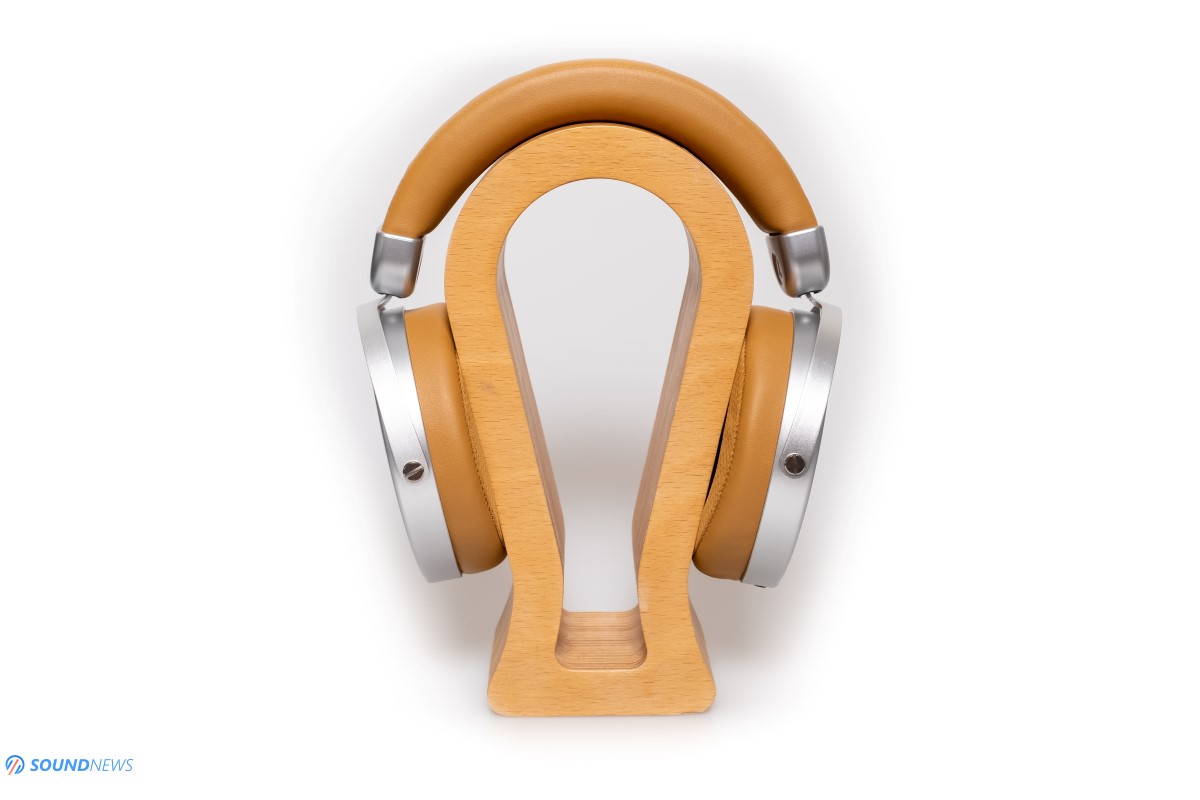
Detail Retrieval
Another key point where Deva is winning the battle against more expensive but closed-back headphones is the detail retrieval or how many additional sounds you can spot with these compared to closed-ones. Deva is putting more on the plate and if there are some mastering errors or hiss in the background (especially on older recording), you can hear all that much easier with Deva. On one hand Deva becomes like a magnifying glass headphone for your music, but on the other hand, less than perfect records will show you what is making them “less than perfect” decreasing the overall enjoyment factor.
Transient Response
Their transient response is good, I was impressed quite a lot more about their speed and decay, than by their slam and punch. Some heavy bass riffs will not make your body mode, but on the plus side those riffs will never spill over the rest of the frequencies. If you like to untangle your music like I do, Deva is actually a very good starting point. In a nutshell I am missing the punch with Deva, but I am not missing the speed.
Soundstage
Soundstage level is above average compared to more expensive open-back headphones and absolutely amazing compared to the rest of the closed-back wireless headphones I’ve tried. I wasn’t surprised at all to hear all my music around me, it was not only wide, but tall and deep sounding as well. This is where Deva reminded me again about Arya, which sounds almost the same. In my humble opinion, Deva sounds wider and deeper compared to its competitors as Audeze LCD-1 ($399) and Ollo S4 (~$340) which is an impressive technical achievement. It seems that Deva has bigger drivers, meaning that sound waves will be pushed from a bigger surface area, so it all makes sense now.
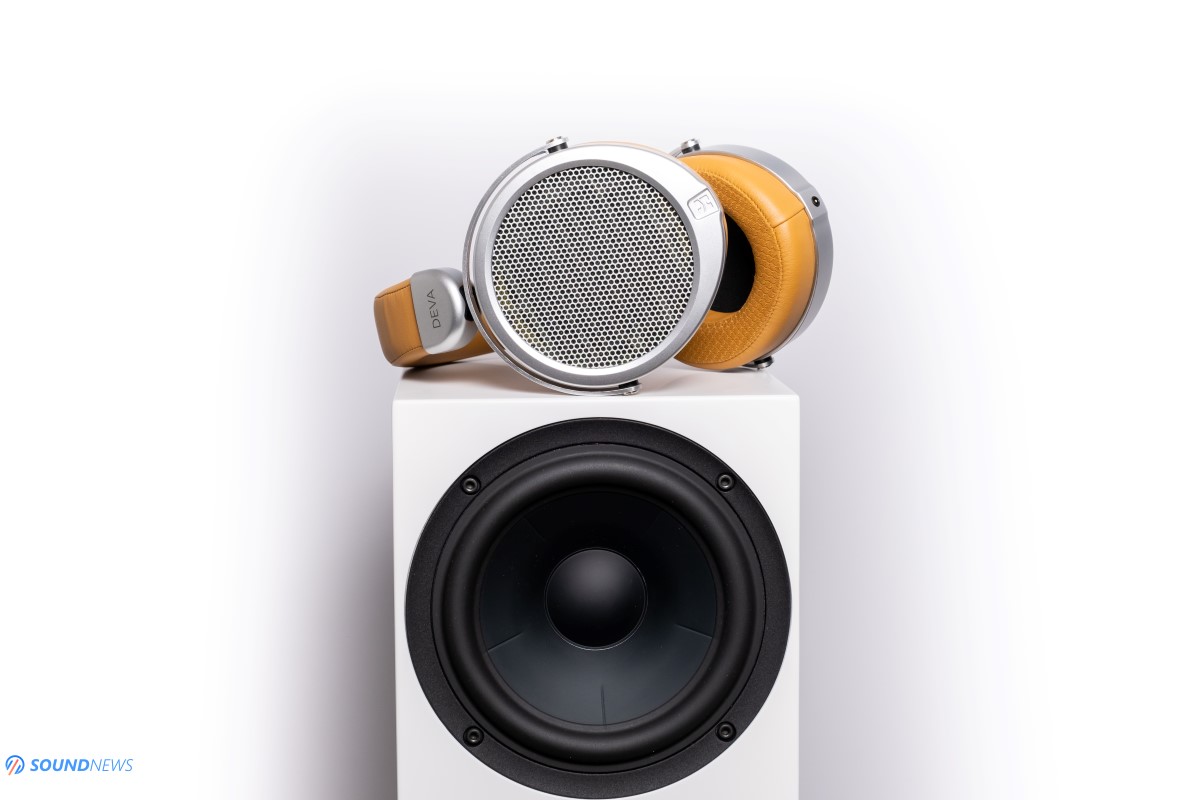
II. Wired Performance
A. Via the 3.5mm headphone cable
I took out that Bluemini adapter, I inserted their headphone cable and connected them to an old-school high-end desktop headphone setup. I wanted to know how far these drivers can be pushed, so I used a Matrix Audio Element X connected to a reference Benchmark HPA4. Separately, I wanted to know if that midrange performance could further improved upon and if a little bit of naturalness can be infused into them if an Audiobyte HydraVox stack would drive them. In the wired mode, I am not limited by the Bluemini anymore and I will be extracting the best they could possibly provide at this point.
I listened to the same songs and with the first rig the biggest improvement was heard in terms of bass slam and bass quantity. I spotted more of it and finally, Deva awoke some much-needed sub-bass information. Bass was hitting with a bigger force, few additional layers of information were unlocked as well and from a $219 headphone, I was hearing more like a $600 performance. Midrange was deeper sounding, a layer of naturalness came back and from lean and slightly boring sounding, Deva was now engaging and harder punching. The difference was not night and day, but it was clear in favor of the desktop setup.
When I connected them to the HydraVox stack, the midrange improved again and more naturalness rushed it, I could almost call them smooth sounding now. The drivers inside the Deva can show a difference with a better DAC and amplifier, so if you want more out of them, simply connect them to your desktop setup and an immediate improvement will be heard. I will actually measure them soon in this rig and I am very curious about the results.
B. Wired via USB Type-C cable to my PC
I was surprised that in this mode, Deva sounded almost undistinguishable from wireless mode with LDAC codec engaged. I was using Windows volume which is uncomfortable to use, but other than that, they sounded a bit clearer compared to wireless mode, a slight increase of detail was felt and that wide and airy soundstage didn’t disappear at all. I wanted just a bit more of that magical midrange from the HydraVox and I wanted it to borrow some slam and impact from the Benchmark HPA4, but everything else was in here, including plenty of volume to play with. Do note that in this mode, the battery is also depleting and it is doing that faster compared to wireless mode so in no time, I needed to again recharge the Bluemini adapter.
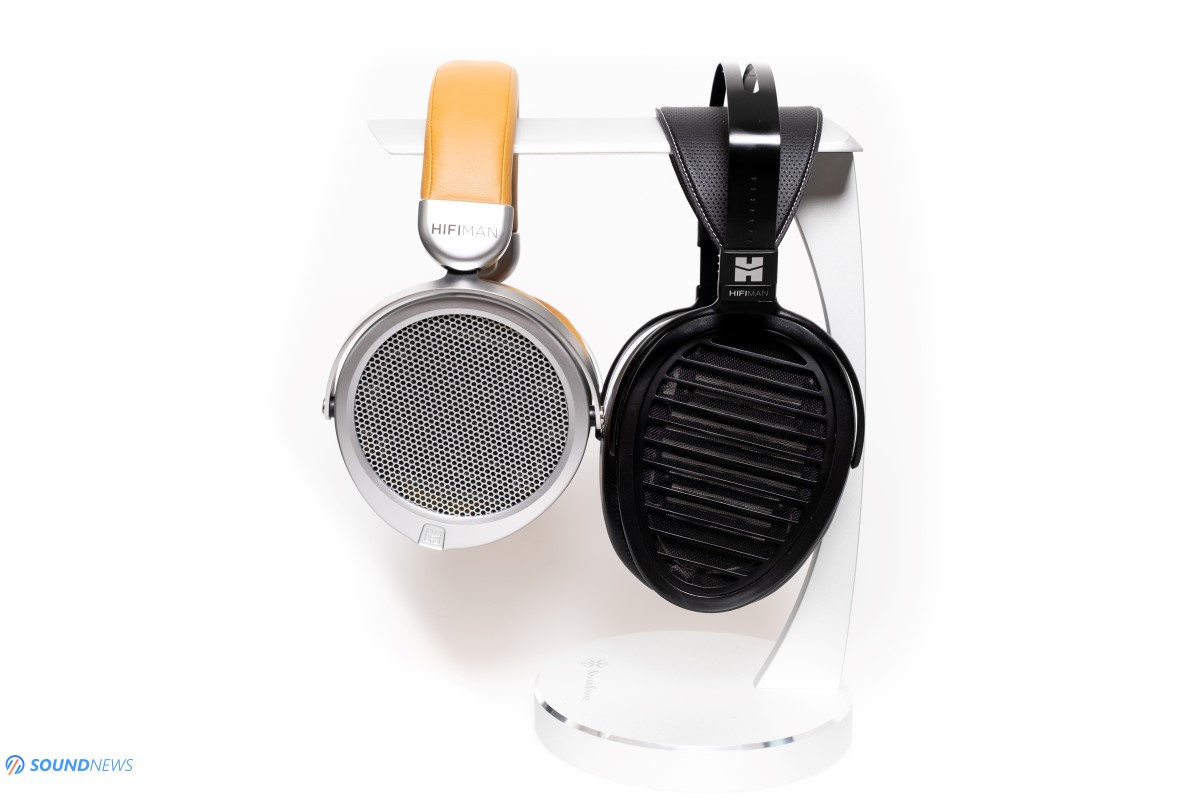
III. The Elephant In The Room
If you are coming from wireless headphones as Sony WH-1000XM3, Sennheiser Momentum 3 and Master&Dynamic MW65 (all are wireless headphones that were tested around here) as I did to these, there is a strong sense of confusion. You cannot use the Deva in public transport, in subway, on a plane or simply outside for jogging. Deva are open-back headphones so you will be hearing everything around you, ruining your musical experience. Deva doesn’t have any noise cancelation too, it doesn’t have a microphone for making calls, nor volume buttons for convenience. You can’t listen to them outside, but if you’ll do that, you will need to take your phone out of the pocket quite often to adjust that volume time and time again.
Deva is a wireless desktop headphone that should be used only at home, in your office, hotel room and so on. However, in places like that, I would rather use a dedicated desktop setup or maybe a portable DAP that will give me more control, better sonics and I would simply squeeze of a lot more out of them.
In not criticizing Deva for what it is, I’m just trying to understand where I could actually use that Bluemini module. In my humble opinion, a closed-back Deva would make a lot more sense with few additional buttons on that Bluemini module.
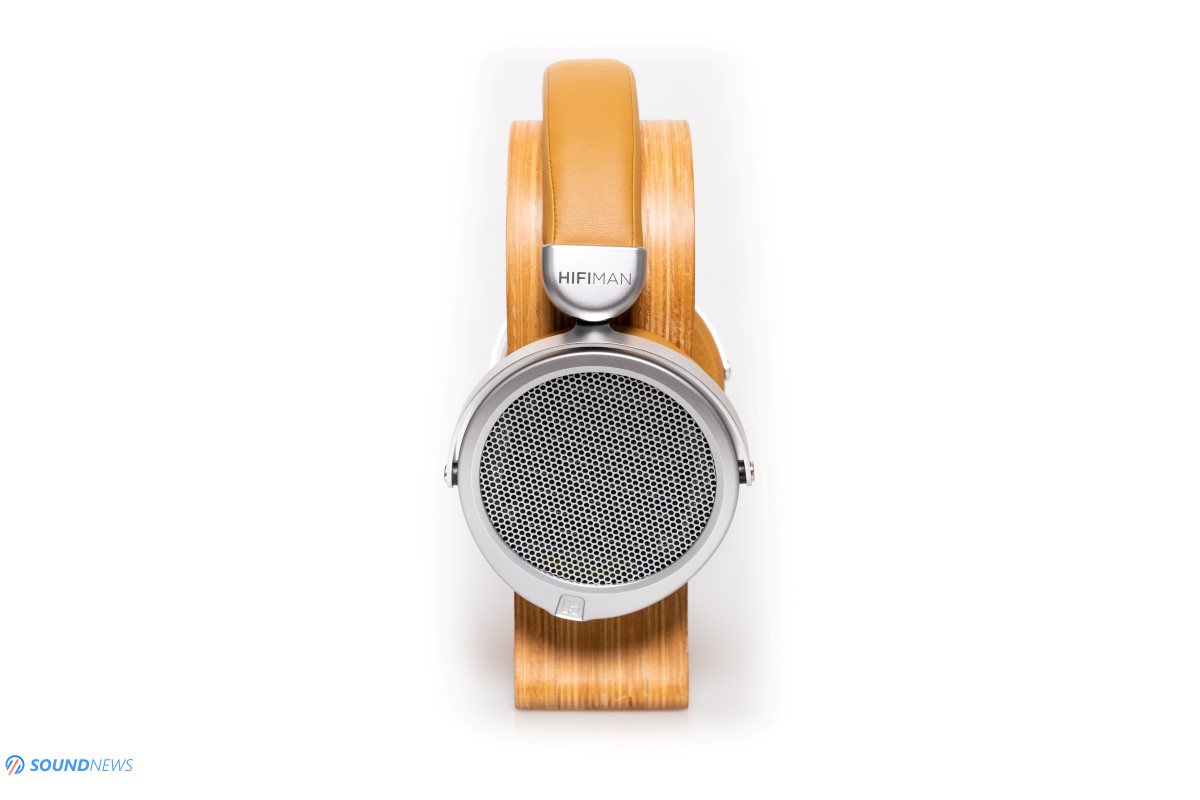
IV. Measurements
After offering my full-blown subjective opinion, it is time to put them under a magnifying glass and see how they perform. The measurement rig is the MiniDSP EARS calibrated with HPN (Original Headphone Compensation) files. Do note that MiniDSP EARS is not following any IEC standards, meaning that my readings can’t be used as reference measurements, I’m doing them just to get a general idea about their results and sound signature. Since Deva can’t connect to my desktop PC via Bluetooth, I measured only their wired performance.
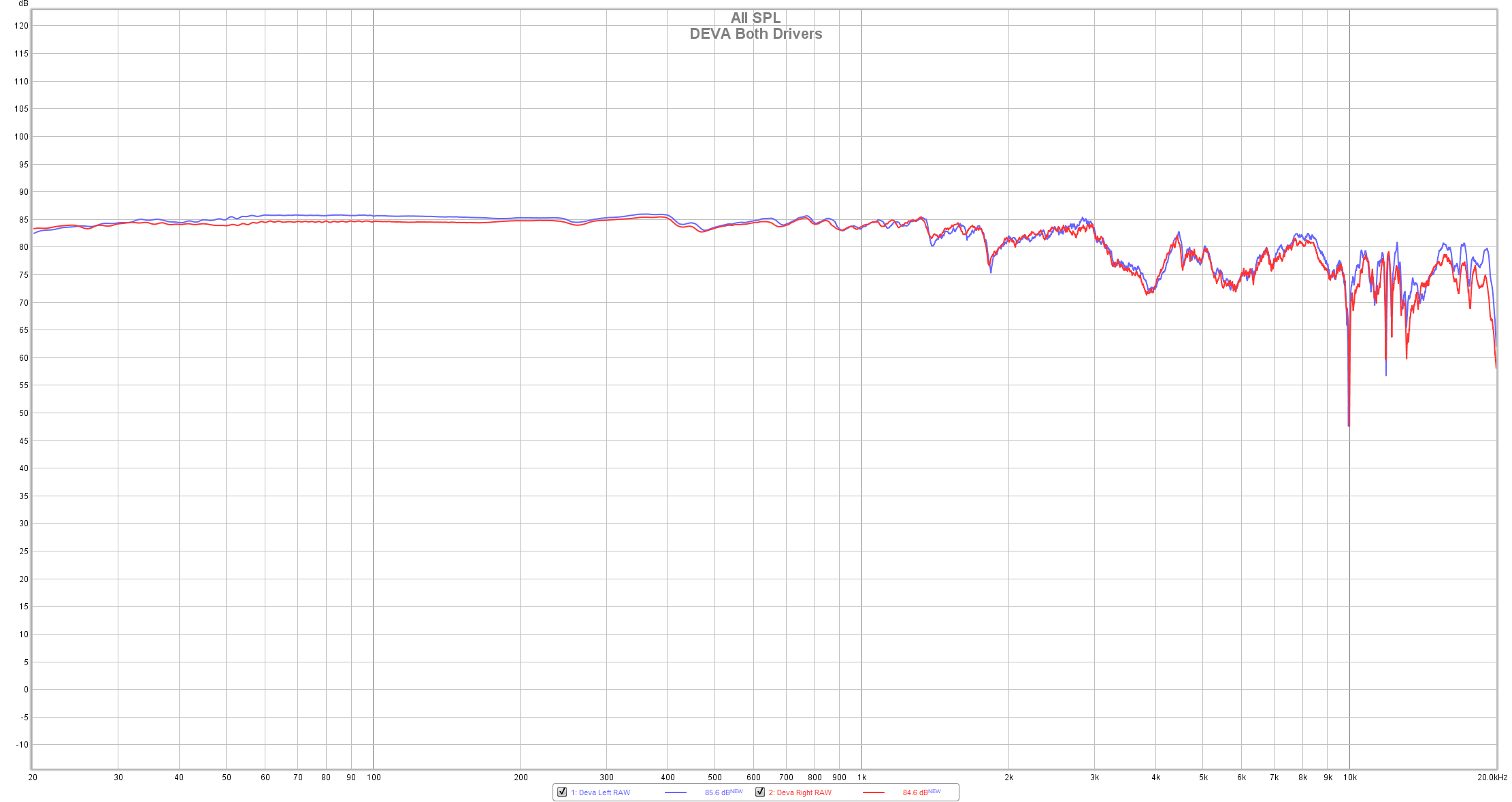
Here are their RAW measurements in its stock form and sincerely I am actually surprised to see those clean lines and close to perfect FR response. Yes, there is a slope in the sub-bass, but it is minimal, there is a small decrease in treble intensity as well, but I actually like it this way a lot more. There are quite a few dips, but nothing out of the ordinary, especially at this price point. As you can see, mid-bass and a big majority of midrange are simply perfect top to bottom.
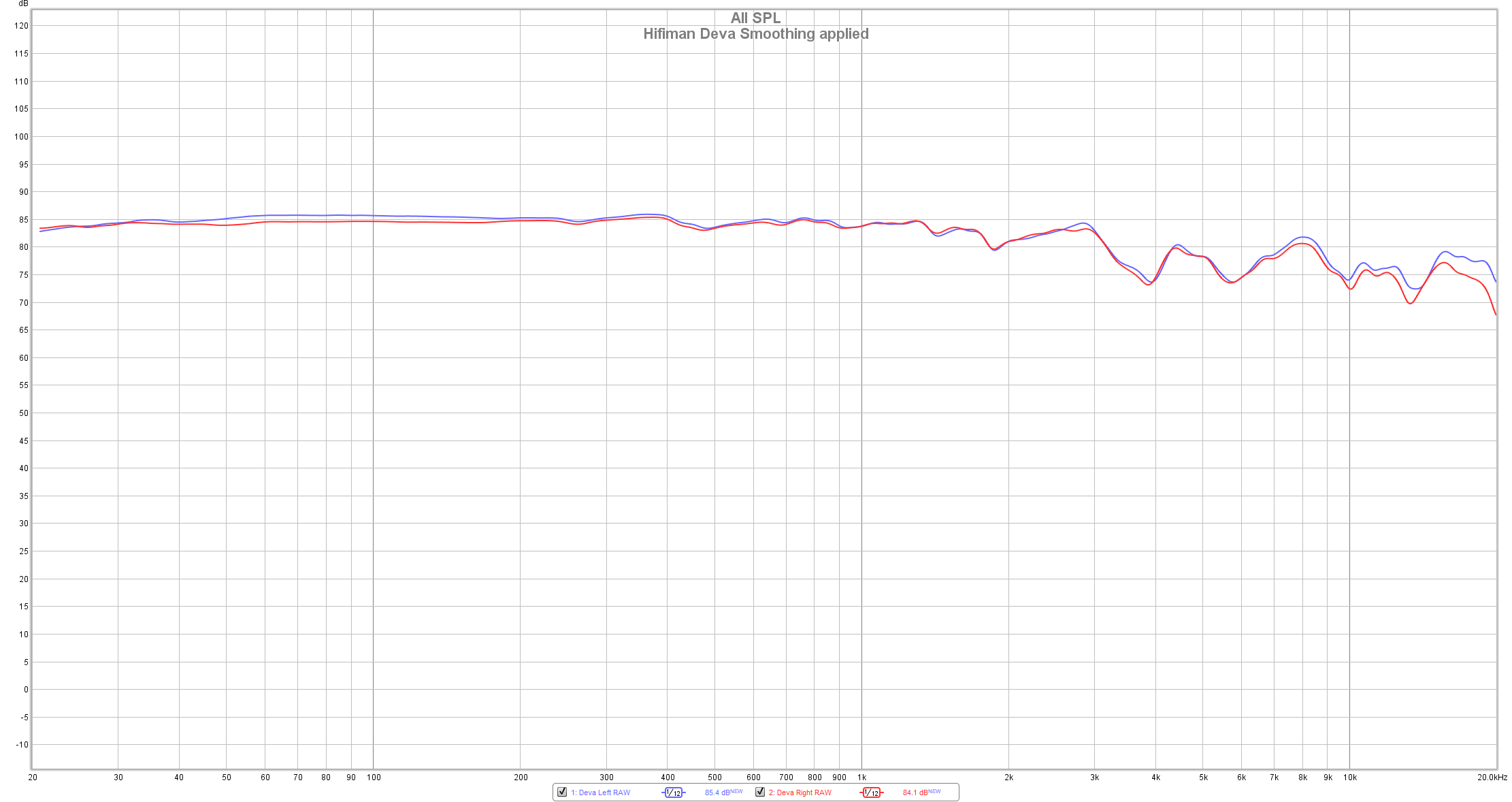
When I’m applying a gentle 1/12 smoothing, you can clearly see the driver deviation that happens only in the treble, it is only by few dB and only in the top octave, so nothing to be worried about.
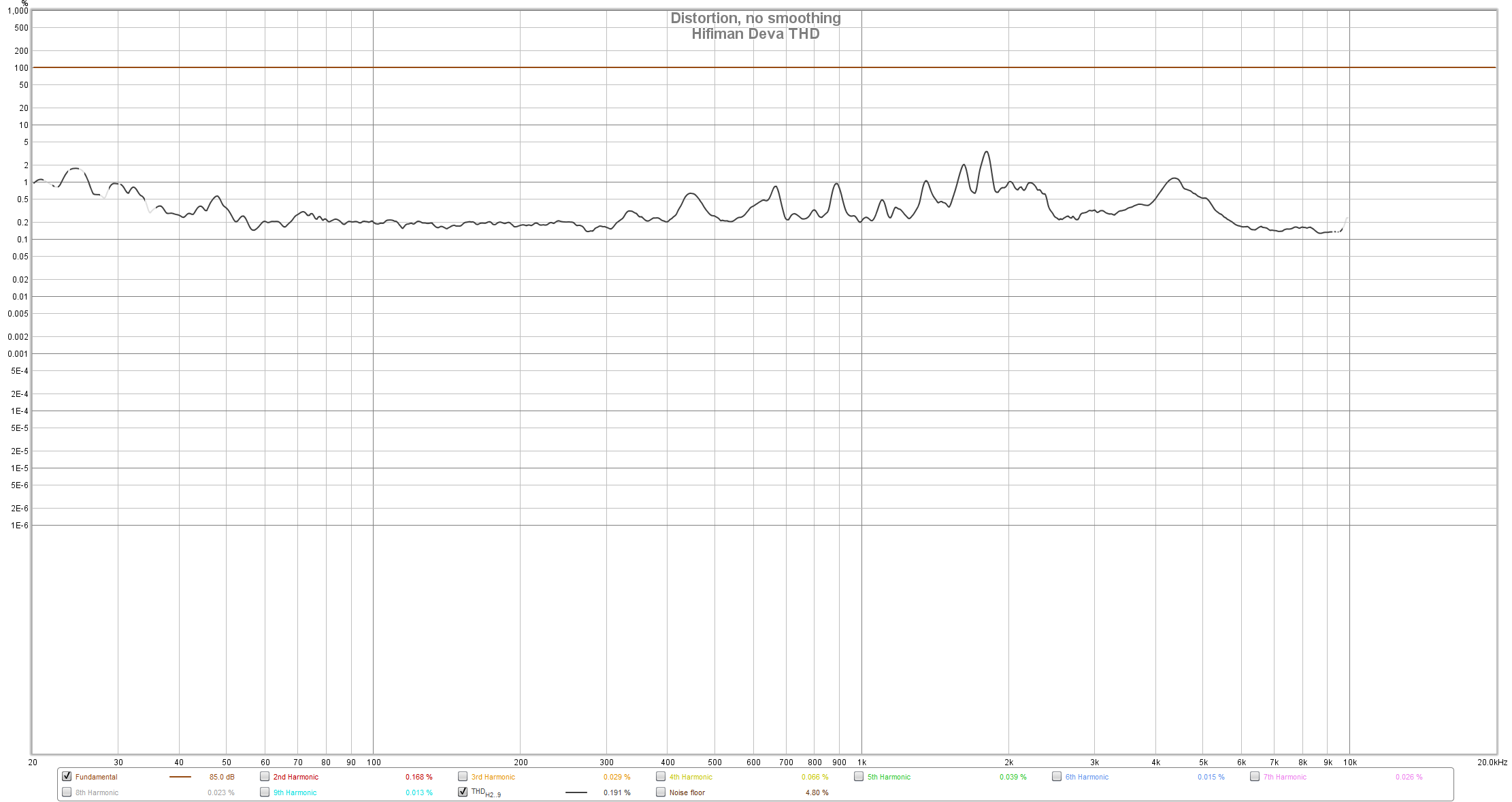
Their Total Harmonic Distortion (THD) at 84 dB of volume is very good too, as you can see it is a bit less than 0.2% which is impressive to see.
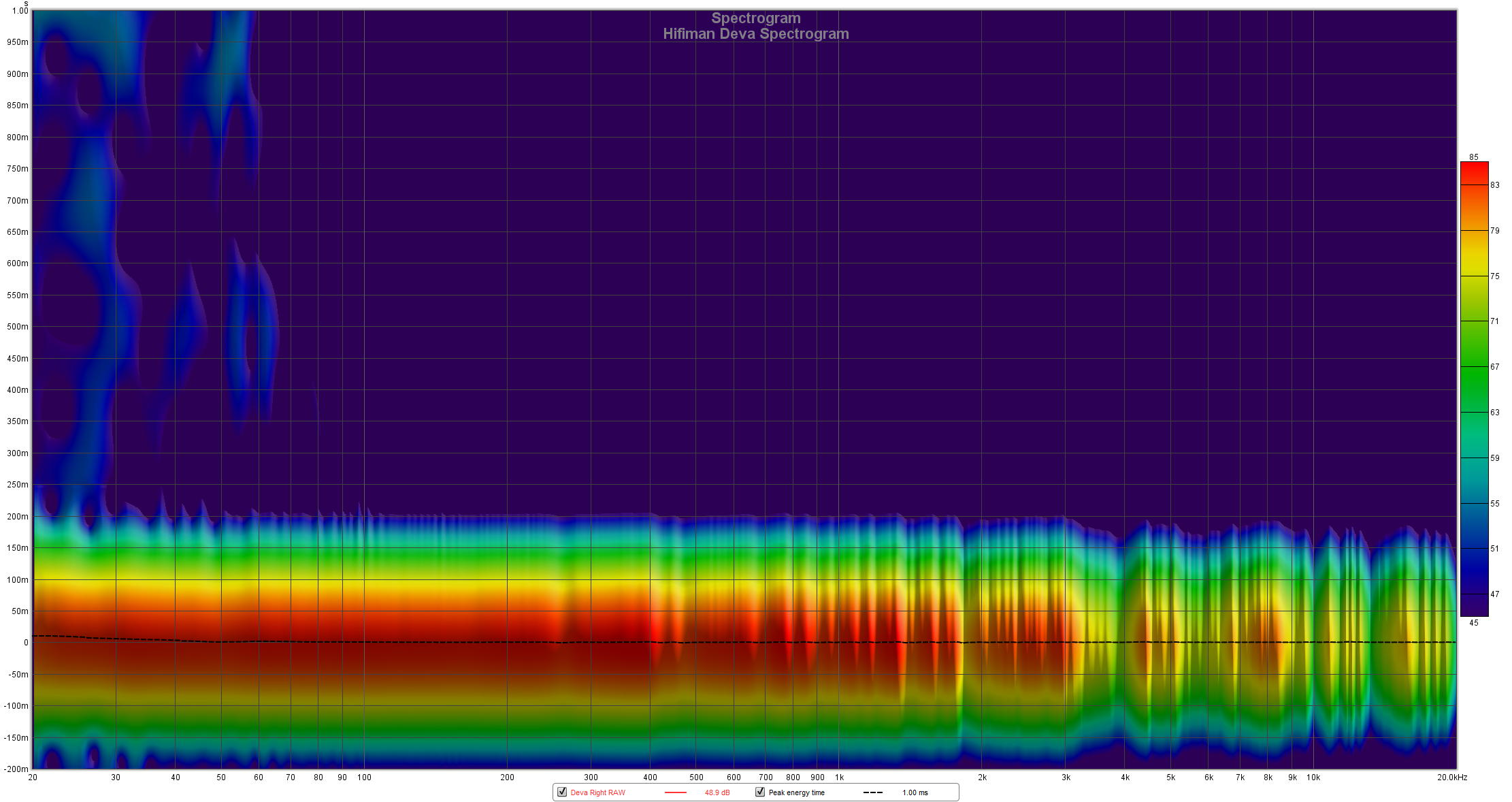
Spectrogram reading is showing some grain and a weird driver movement in the sub-bass, the driver is struggling a bit in this region.
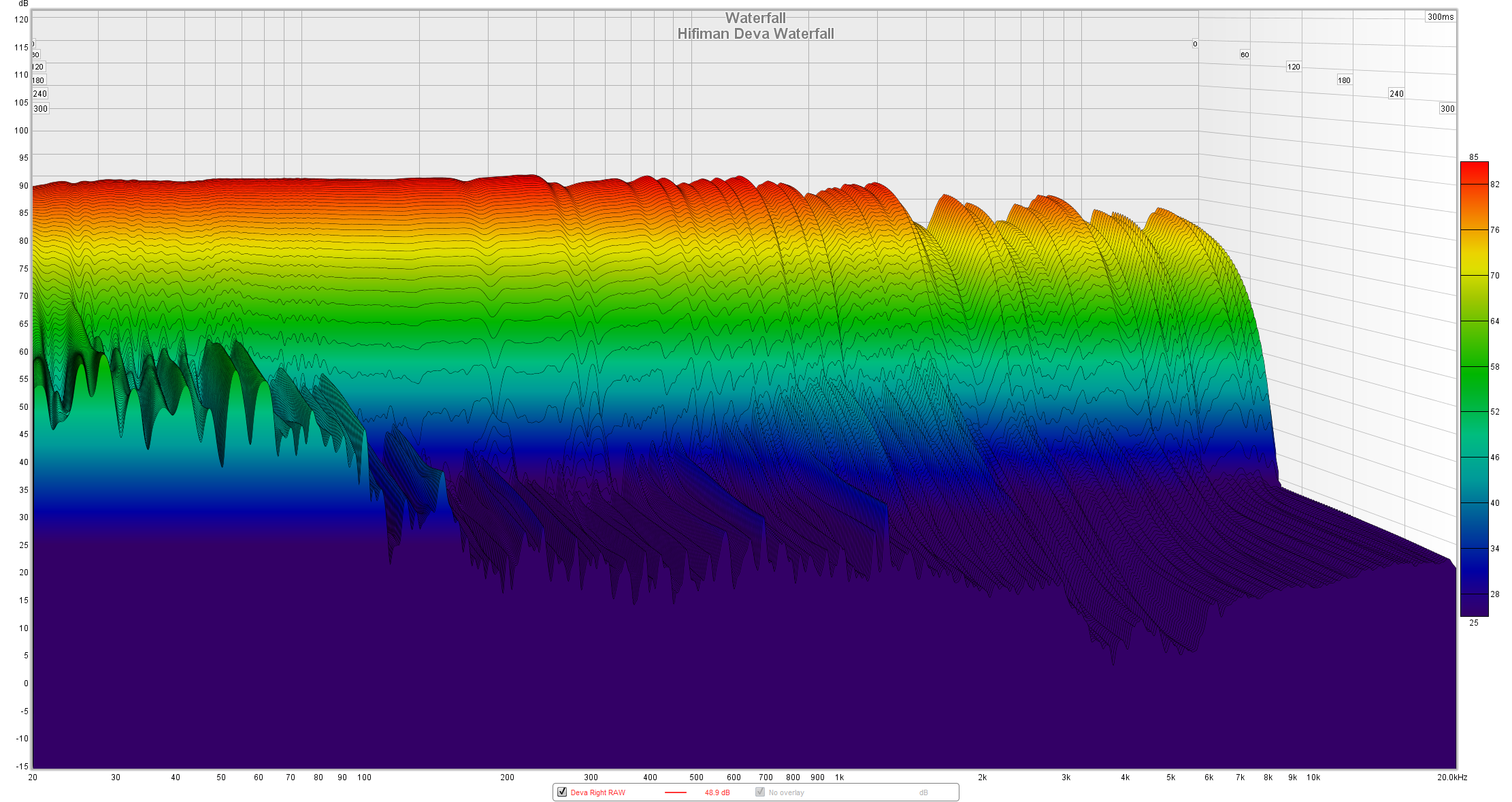
Their waterfall and spectral decay are showing a longer decay in the bass and most of the hot spots in the FR. I am pretty surprised by their good measurements in the wired mode.
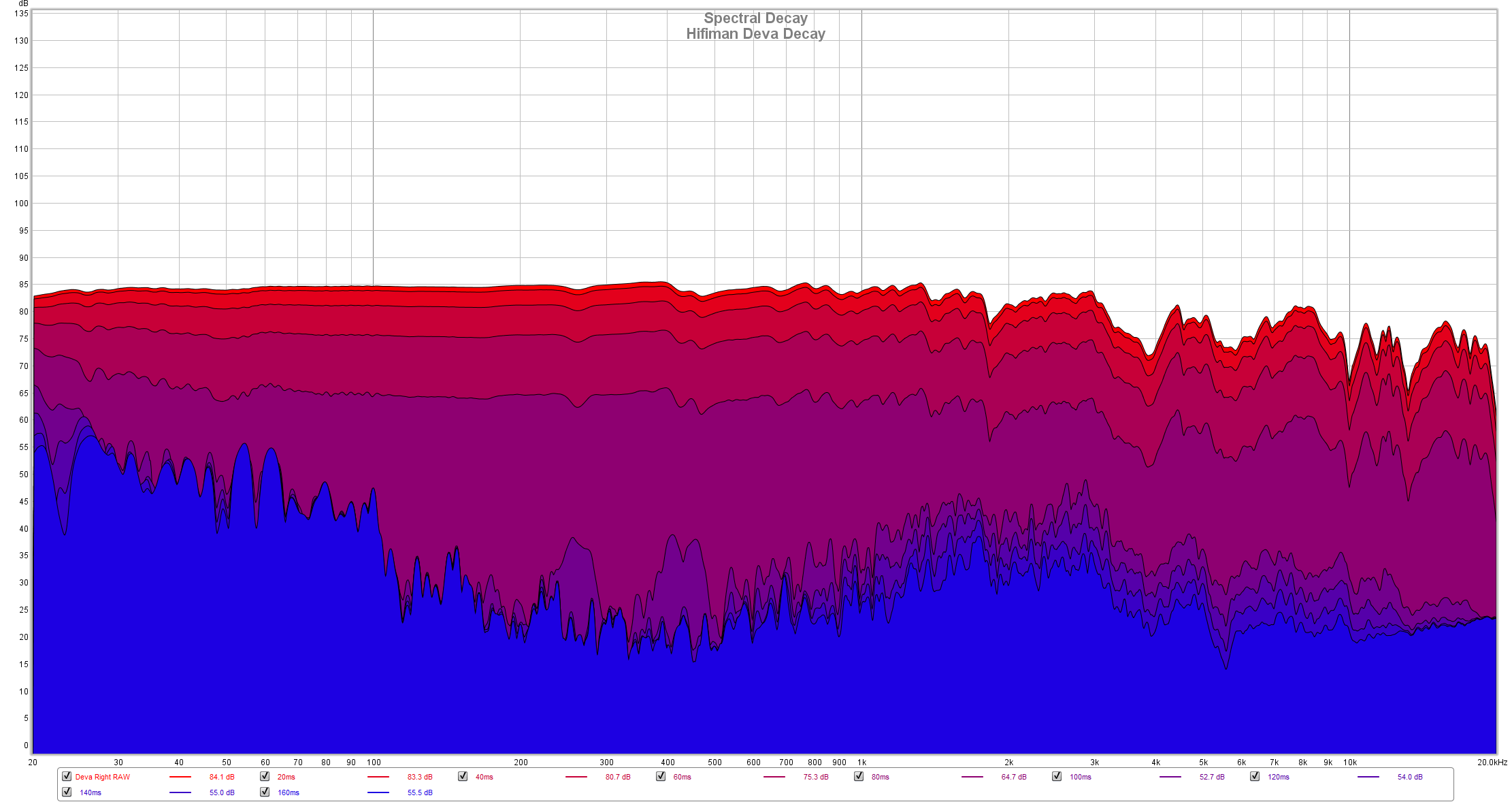
If I am looking only from their measurements perspective as THD, FR and spectral decay, Deva are looking like a perfect sounding headphone and I am curious to know if in wireless mode they would measure differently.
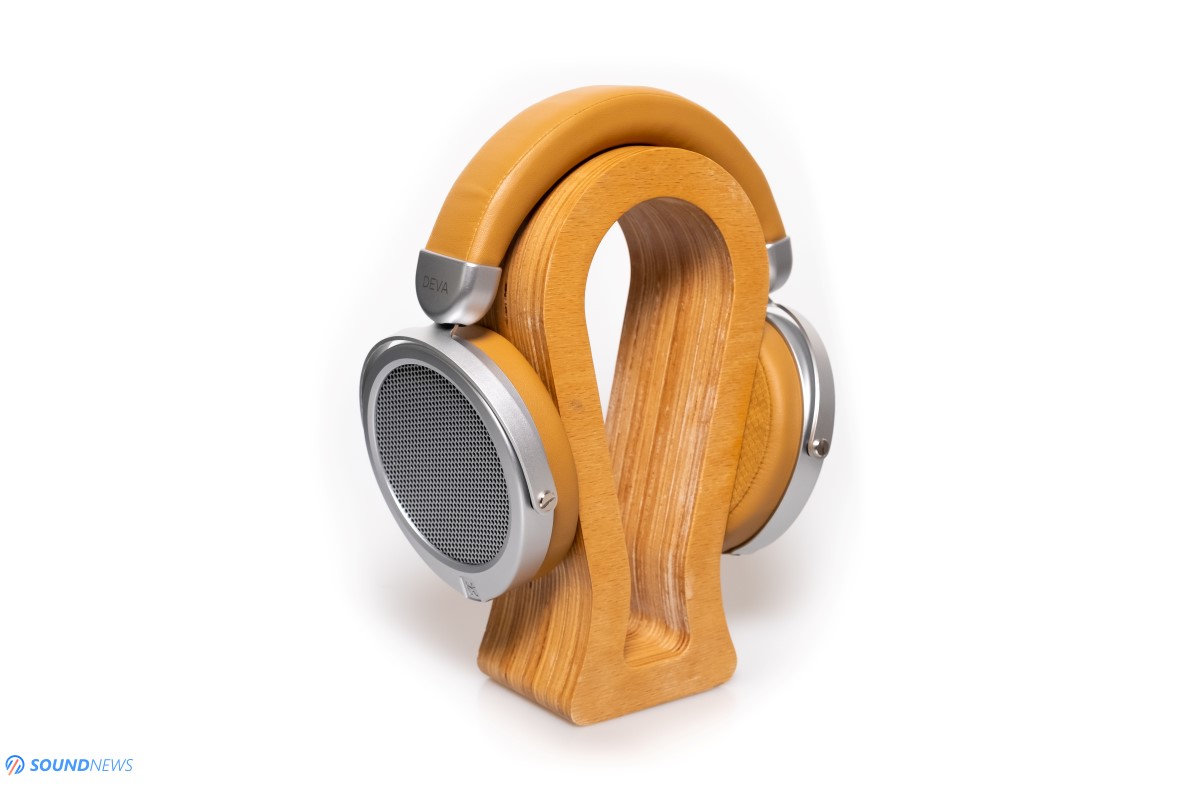
Conclusion
As a wired only headphone at $219, Deva is really hard to beat. As an open-back headphone to be listened at home, Deva can easily go head to head with more expensive designs and it might lose only in the refinement region, where both frequency extremes felt raw and unpolished. At this price point, Deva outperforms probably everything else when it comes to details, layering, spaciousness and it reminded me quite a lot about their Arya which is considerably more expensive.
When it comes to their wireless performance, with the LDAC codec, they sounded pretty good and again offered few additional traits that all wireless headphones didn’t have. On the other hand, I really wish Hifiman would put some additional tech in that Bluemini dongle, would increase its battery capacity and would make it more universal across their headphone offerings. A microphone and two volume buttons would improve its feature list quite a lot and a closed-back design would make Deva absolutely great when listening in noisy environments.
With all that said, remember that planar-magnetic driver, the build quality and comfort, the detachable dongle and ultimately their price point. Deva is both unique and unusual, as there aren’t headphones like these and ultimately the consumer will decide if there is a market share for such products.
You can purchase them directly from Hifiman Store at $299 with the Bluemini BT dongle or at $219 without it, or you can try your local distributor for a better product support. I’m not affiliated with either of them, so purchase them from your favorite store.
PROS:
- Good accessory list, high quality cables in the package
- Looks great with a decent build quality
- Planar-magnetic drivers in a such affordable package
- Detailed and airy sounding most of the time, great layering too
- Great soundstage and depth
- Linear frequency response with an extended treble performance
- Has a faster pace and fast decays too
- Easy to drive, even portable DAPs can move them above decent
- Amazing value if you don’t care about using them outside
CONS:
- No carry-case the package
- Weak slam and sub-bass performance in the wireless mode
- Midrange needs more presence
- Bluemini needs few additional features (microphone, volume buttons, a bigger battery life)
ASSOCIATED EQUIPMENT:
- DACs: Audiobyte HydraVox + HydraZap, Matrix Audio Element X, Flux Lab Acoustics FCN-10, Burson Conductor 3X Performance
- DAPs: Shanling M6, FiiO M15
- Headphone Amps: Benchmark HPA4, SparkoS Labs Aries, Flux Lab Acoustics FCN-10
- Integrated Amps: KECES E40
- Power Amps: KECES S125, Kinki Studio EX-M7
- IEMs: FiiO FA9, FA7, FH7, Meze Rai Penta, Rai Solo & lots of other lower tiered ones
- Portable headphones: Sennheiser Momentum 2, Meze 99 Classics
- Wireless headphones: Sony WF-1000XM3, Sennheiser Momentum 3, Master&Dynamic MW65
- Full-sized headphones: Audeze LCD-4, Erzetich Phobos, Hifiman Arya, Quad ERA-1, Ollo S4X Reference, Kennerton Magni, Kennerton Gjallarhorn
- Loudspeakers: Buchardt S400
- Interconnects: QED Reference (x2), Aune AL3
- Speaker cables: Kimber PR8, Audioquest Type4
- Power Cables: Isotek EVO3 Premier (x3)
- Balanced Isolation Power Conditioners: PLiXiR Elite BAC400, KECES BP-600
